Comparing Operations in Sierra Leone
Special Forces, the United Nations, and PMCs
Snapshot of a Region
The latest chapter of War Dog by A.J. Venter dropped on 06 OCT 25 and I must insist you listen to it. Honestly, the whole book is an amazing account of a period that got lost because 9/11 + CIA War + Iraq Invasion sucked away all of the attention usually available for various international relations topics (read: wars). American troops were deployed at one point, even seeing “combat” a few times, by which I mean tribal blacks blind fired into FOBs, and American Marines with no concept whatsoever of the sides, the mission, or the region returned “indirect” fire (this is blind firing, but with more training and jargon).
West Africa is a perennial American issue we never seem willing to acknowledge. The majority of those we call “blacks” are heritage West Africans. There’s significant overlap with “Bantu,” but half a millennium of temperate climate plus a significant amount of European admixture means that North American Negroids are a class unto themselves. But the precursors are from the region we call West Africa, including nations that are sadly all too familiar to Americans these days: Ghana, Nigeria, Liberia, Mali, etc.
You get a sense of the divide created by years and genetics when you experience West Africans interacting with black Americans. There’s a phenotypical likeness that is fascinating, but a closer study revels that the majority of American blacks look most similar to the upper strata of the West African tribals. The secret trick here, and any “racist” could tell you this, is that perceived status is always a function of pale complexion. Paler often means wealthier, healthier, and smarter in black and brown communities. If you are unencumbered by Progressive Crimestop, you know this is merely proximity to Continental Colonizers. If you are afraid of offending your own shadow because it’s darker than you, you will probably struggle to understand what’s going on with your “melinated brothas & sistas” for the rest of your life.
The connection between the US and West Africa continues past the widely discussed but poorly understood Triangle Trade1. Liberia was a country purchased, established, built up, and handed off to manumitted negroes from the Americas (mostly North America; 96% of all Sub-Saharan blacks went to the Caribbean and Suramerica then died in 5-7 years without breeding). Defying the expectations of everyone, Liberia quickly expanded its economy and influence, coming to dominate the entire region completely disproportionate to its size and constructed culture, standing today as a shining example of what formerly enthralled lands and peoples can become… wait no that’s Singapore.
Liberia is an archetypal shithole. I know that’s not saying much; TIA. But it really stands out, and the reasons why are anyone’s guess. The history is similar to Haiti in many respects: a group of blacks with a torturous history is given unbelievable options and opportunities to actually build something all their own… so they let it all go to shit and become cannibals that worship demons. You might think I am joking; I honestly wish I was. Find a White male aid worker who has done real time in West Africa, and once you have some mutual trust, it won’t be that hard to cadge stories out of him. Just be ready to see what happens when the abyss looks back.
Just as France keeps sticking its socio-spiritual dick in crazy (Haiti), the US foreign policy establishment loves to dump money into West Africa to see what inhuman disgustingness they will get up to2. Their weird blend of cargo cult Christianity and witch doctor juju insanity is unsettling but also kind of funny, like children dressing in their parent’s clothes, except the children have a wicked case of Downs’ Syndrome and the parents are siblings who eat people and worship satan.
This is the setting you really must keep in mind. You should also remember that the good people of this region won over the hearts of dozens, hundreds, even thousands of Europeans over the course of 300ish years. So there is that.
Spec Ops
Hard pivot back to the point.
Hollywood has irreparably tainted Special Operations Forces (SOF) in the minds of Occidental civilians. For decades now, silly but fun action movies have erected a mostly fraudulent mythology about the purpose, structure, and efficacy of SOFs. It is understandable why so many expect and demand “the SEALs!” or “the Rangers!” to be dropped out of airplanes with magical jet parachutes, kill all the bad guys with single headshots, rescue the hostages while capturing the villainous head honcho, then surf back to San Diego on the bow wake of an aircraft carrier for beers and volleyball.
It should be understood that SOFs are, in general, immensely talented and inordinately capable warriors (not soldiers)3 who can accomplish impressive deeds of derring-do. But what they cannot do is serve as a replacement for soldiers on a battlefield with the expectation of “being better.” Man for man, it is safe to assume an SF guy might be demonstrably faster or stronger or smarter than a regular grunt, but we are not talking about “superhero” levels of disparity. Indeed, plenty of “11Bravos” are just as good or even better than certain members of SOF formations in individual feats of strength, or the capacity to kill without their heart rate changing4.
When a contingent of soldiers is deployed, the column of “unknowns” is massive, and they must comport themselves with calm determination in the face of these unknowns, many of which are deadly. If the contingent has a moron in charge, they can all die. If artillery or air support gets bad information, they can all die. They can be isolated or forgotten, leading to a slow death. They can get surrounded, leading to a quick death or long imprisonment. The list of ways a contingent of soldiers can suffer and die is extensive. They can also sit around for days, constantly under threat but never actually being attacked, which is trying on both the mind and the body. But that’s how modern warfare goes. Soldiers are rallied and deployed, commanded and utilized, acting as a component of components in a larger framework of strategy.
When a contingent of SF operators is deployed, the circumstances are decidedly different. There really aren’t any “general purpose” SF, by which I mean there aren’t teams of highly trained “list toppers” sitting on ice waiting to be chucked into unknown circumstances. They are usually training constantly, focusing on fundamentals like shooting, hand-to-hand combat, demolition/pyrotechnics, specialized communications techne, and endless, punishing calisthenics; the term “special” covers a vast array of abilities and missions5. Quite often, their range of specialties is relatively specific: an Emergency Response Team (ERT) is deployed to take on an active shooter; a Special Weapons And Tactics (SWAT) team is deployed to make entry and pacify a cloistered suspect; a SEa Air Land (SEAL) team is deployed to wipe out an enemy command center. A Delta team is deployed to [REDACTED]. Green Berets are deployed to build armies. The list goes on.
Operations
For these operations, the SF operators train relentlessly and specifically. 1:1 scale mock ups of the target location are constructed and the team runs through their planned operation over and over again. Long sessions of “classwork” familiarize them with the identity of the targets, their known history of activities & associations, and their political and/or social and/or professional network. When you watch video clips of SF operators moving like deadly human liquid, keep in mind that you are seeing the culmination of weeks, sometimes months, of highly specific training and rehearsal. It is exceedingly rare for an SF team to be deployed without deep familiarity of the target and the location with a plan of attack scheduled down to the second.
Separate but connected are different types of Special Forces whose purpose is intelligence collection, surveillance/reconnaissance, or area/regional denial or pacification. The operation documented in the opening pages of Chapter 06 give us a truncated view of the whole suite of SF. Small teams of Special Air Service (SAS) and Special Boat Service (SBS) insinuated themselves into the target area, blending into the jungle and watching the targets & hostages for weeks, or slowly working their way throughout the region to map the terrain and document the denizens, affiliated or otherwise. SF support operators, like pilots and crew chiefs and drivers/vehicle operators, transported the SF tactical operators to the location on The Day, provided top cover during the execution phase, and extracted the whole lot, first with the rescued hostages, then later after the “clean up” operation, which is a sanitized way to say they murdered a whacking great lot of the “gooks.” The whole operation, inclusive of the Intelligence, Surveillance, and Reconnaissance (ISR) portion as well as the extraction and debriefing, was constantly observed by technical specialists both in country and back at HQ in England.
All of this, the human assets and comms techne and transport equipment, as well as the masses of weapons and equipment and gear, not to mention the bushels of time required for everything, is expensive. SF stuff is very cool and undeniably useful, but it is hellishly costly. Making war is always expensive, but SF operations are in a class unto themselves in terms of cost. In some cases, the cost is worth it. In others, it is debatable. The calculus is complex, because it is sometimes the case that a successful operation can be reasonably perceived to be excessive. If aspects and elements of the planning or reasoning behind the operation are classified, it is trivial for detractors to lambast both the SF command and/or their political handlers as reckless, needless, or wasteful. These same ninnies will shout themselves hoarse declaring the the same actors as arrogant, foolish, or short-sighted if things go sideways and the mission ends up failing. “Accountability” always seems to be an unalloyed good, but the details are devilish and it is trivial to spin things every which way but honestly.
“Peacekeeping”
At the end of the chapter, Venter cracks the lid on a bottomless can of worms that, in the opinion of this author, far too many people ignore: United Nations (UN) operations. Above, I provided a summary of SF operations intended to give the ignorant or uninitiated an idea of the real footprint of Special Operations. We can debate the utility and methods, but the results speak for themselves.
As is my wont, I will be upfront with where I stand: the UN is a pointless, evil, wasteful organization and needs to be abolished, root and branch.
OK, not really an unpopular opinion. But I have found that the only people more ignorant of the reality of the UN than the supporters are the detractors. I’m not being glib here: find someone who says “I hate the UN!” and write down their name. Now find someone that says “I love the UN!” and write down their name6. Using what I am about to lay out, derive a few questions, say 10, then ask each of them the questions and score them. I think they will both score somewhere between 0/10 and 2/10. The scores really don’t matter, none of you are actually going to do this anyway. My point is that very few people have a grasp of how massive and messy the UN gets when it “does something.” A person who is only familiar with the UN as a topical reference point and no more would probably have better guesses about costs, corruption, and wastage than a person who “reads the news.”7
Here is what is considered to be a “reliable source” on the UN operation in Sierra Leone.
“During the initial stages of its deployment, the Mission encountered serious political and military challenges to becoming an effective peacekeeping operation. The mission was not seen as likely to succeed and at one point, in May 2000, it nearly collapsed when rebels from Revolutionary United Front (RUF) kidnapped hundreds of UN peacekeepers and renounced ceasefire in a move that endangered the entire operation. Outraged by the chaos that followed, the international community put pressure on the rebels to respect the ceasefire and imposed sanctions on the sponsors of the RUF. UNAMSIL also launched new mediation efforts and increased troop strength which helped stabilize its operations.”
If you have no deep familiarity with the topic, you might take this clumsy whitewash at face value. If you listen to Chapter 06, you will have a very different interpretation of the events in question. From outside and faraway, UN operations often seem to be very straightforward, something on the order of: “Local government elements request UN assistance; the UN experts look at the situation; UN leadership votes on a resolution; UN assets begin a phased deployment concurrent with UN experts building a game plan and road map; the UN forces use the game plan to follow the road map; peace descends, and the UN forces are replaced by a UN advisory council.” This is more or less the “official record” of what happened in Sierra Leone. Starting in approximately 1993, the UN went through a laborious process of assessing the situation, analyzing the components, formulating a plan, voting on everything, collecting the resources required, moving them in country, then working the process to a multiphase conclusion, with the military operation being declared “finished” in 2005, and a follow up UN advisory council “taking over” to facilitate the rebuilding of a post-war Sierra Leone.
Nowhere in the sources I have provided do you find word one about Neal Ellis, Sandline Int., Executive Outcomes, South African and Russian mercenaries training/supporting the Revolutionary United Front (RUF), Libyan involvement, Nigerian corruption, or the hundreds of millions of dollars, mostly US taxpayer money, dumped into the UN operation, including expensive cars and lavish accommodations for the their staff. As well, there’s nothing about the hundreds of thousands dead and mutilated black Africans, the legions of whores from all corners of Africa servicing the UN staffers, or the thousands of pounds of diamonds and metric tons of timber that waltzed out of Sierra Leone during the UNAMSIL operation. I guess that stuff is a little too gritty for a navel gazing, back-patting narrative fabricated by the lovely “citizens of the world” in New York.
These sources put the cost of UNAMSIL at approximately $2.8 billion. Here in clown world, we are numb to such figures. We should endeavor to regain our sensitivity, because the vast majority of that money was forcibly extracted from American pockets and literally burned on the fire of third world convenience. Whenever you read or hear “UN” you are being asked to believe in some sort of “international organization.” This is bollocks. UN operations, every single one you can possibly name, are little more than coalitions of third world national governments teaming up with a revolving cast of Global American Empire (GAE) vassals, like Canada or the UK or Australia, to spend American money on the most expensive options possible to pursue insanely misguided utopian fantasies.
Here’s what I mean by “most expensive option possible:” the UN insists on sending staffers in-country to run their missions, so the staff get selected based on influence or seniority. Because it’s critical that these staffers be comfortable, they select the most lavish accommodations possible and fill them with their personal possessions (being homesick is rough, you know). They need to be mobile of course; you can’t expect these high skill citizens of the world to walk or ride busses, that would be silly and uncomfortable. So they need a fleet of vehicles, new and in need of a custom paint job, shipped directly from the manufacturers and brought in from continents away. Now, it is a bit dangerous, and there’s only so much security available to escort these folks to nice restaurants, brothels, sightseeing excursions to the countryside, and meetings with organized crime syndicates to make deals for sex slaves, diamonds, and natural resources. So the fleet will most often stay in a secure lock up, but should they be needed they must be ready for service, so of course there is a whole team of mechanics and fleet maintenance personnel on the payroll.
You might think I am blowing things out of proportion here, but the truth is I am barely even covering the spiraling costs of these peacekeeping boondoggles. Further still, it can’t even be spun into some kind of “local enrichment” scheme because the big brains at the UN are very careful not to unfairly reward one group of locals over another. This is why they “have to” buy everything overseas and pay top dollar to have it shipped in, and why it all has to be packed up and shipped out once peace descends (and of course it is mostly scrapped afterward… can’t run the risk of corruption, you see).
All of these decisions are made by the appointees to the UN and their staff. This is another distinct can of worms. The UN, the actual organization, is composed of some of the most corrupt, bloviating nitwits you could possibly imagine. Oftentimes national governments dump their most pernicious personages on the UN just so they can’t directly molest the actual government. The laundry list of third world shithole countries that “participate” in these operations are the under-achievers of the International Community. It’s a toxic mix of High and Low; high level bureaucrats & elites, and low skill military officers & soldiers. In the case of India specifically, the soldiers that get tapped for “peacekeeping” often make more from a month in a blue helmet than they do in a year of national service. This is overwhelmingly the case for most participating national militaries.
Don’t think for a moment that there’s any kind of selfless sacrifice going on here. The nations that “graciously” provide their “soldiers” get a ton of benefits: raw cash, free equipment, favors, and lucrative trade contacts, just to name a few. They also don’t pay a dime to outfit these assets while they are deployed. It’s a huge win for these national governments to get spots on the deployment, and they compete ruthlessly for the privilege, which of course is spun up into a self-aggrandizing image of “sacrifice” and “commitment to peace.”
OK, fine, war is sloppy and expensive, I hear you say. Nothing is perfect and there’s always wastage and externalities. Isn’t it better to intervene and end wars though? Maybe, if that’s what actually happened, you’d have a point. But the reality is that throwing together a patchwork of low skill browns from every corner of the globe and dropping them into a tribal conflict zone results in a fairly predictable outcome: they refuse to get involved. In the case of UNAMSIL, a whole detachment of Jordanian soldiers wouldn’t leave their base because they were literally afraid of the jungle. When they were forced to get off their gay little prayer mats, they ended up selling weapons to the RUF as well as trading away intelligence to avoid being attacked.
When the UN forces do stir themselves to act, it’s usually done by nation state coordination (as opposed to a multinational collaboration). The Nigerian contingent does stuff the Nigerian government wants. The Indian forces refuse to coordinate with anyone but Indians. So it goes on down the line. This completely paralyzes whichever brown dipshit was dumb enough to accept command of this patchwork abortion of an operation8.
Where UN Meets SOF
The boondoggle goes on until some independent journalist gets footage of UN staff raping children, or the rebels kill a bunch of hostages, or some other damn thing brings the big, watery eye of the world down on the region, and then it’s off to the presses as the coalition of brown officials with White characteristics promise to get to the bottom of the matter. What this equates to is White, Western militaries providing advisors or mercenaries to come in and do the actual dirty work. In any case you can name, the solution to ending a war is, and this might shock you, killing the fucking belligerents. This is a dirty little secret in the realm of International Relations: if you want rebels, tribals, or criminals killed, you have to find a band of White guys to do it.
If you want to be complicated and excessive, you have to spin up an influence operation in Washington DC or London. If you want to save money and time, you hire the likes of Executive Outcomes (EO), Blackwater, or Wagner. There are actually scores of smaller, lesser known options out there, but you have to be careful (see the essay linked in the previous paragraph). Whoever you engage with, they are going to go through a similar process as what I outlined with the UN, but they will do it faster and more honestly. Then they will tell you what it’s going to cost, which won’t be cheap. Then they will mobilize their assets, move in, and do it. Because they don’t get to pay for everything with American taxpayer money, they will keep costs as low as possible, they will keep timelines as short as possible, and they will do everything in their power to stick to the contract and get the hell out of the Area of Operation (AO) as quickly as they can.
Detractors of Private Military Companies (PMCs) point to casualties, costs, and corruption as reasons they think nation states should avoid these options. But it’s a ridiculous assertion; not only are all these things present in every single UN operation, they are substantially worse in terms of scope and scale. PMCs don’t have the privilege of international media and the globalist academy whitewashing their sins and lobbying for their involvement like the UN. If a journalist is foolish enough to point out anything I have said here outside of bars, their peers will eviscerate them. The same goes for professors and politicians.
Military operations are expensive, dangerous, and destructive. There’s simply no way around this. The most logical path is the one that minimizes the negatives and reaps the most positives possible. When a bunch of Limeys got taken hostage by the RUF, the Brits didn’t for one second think about asking the UN for help. They paid the pounds to spin up the lads down by the boathouse, make a plan, spy out the territory, then drop Terry in a shallow ditch before teatime. Under no circumstances would it have been cheaper, safer, or better to have 20 countries come together and attempt the same operation. The Brits did a top shelf job, but it is reasonable to assume EO or some other appropriately capable PMC could have done a bang up job for cheaper, though possibly a bit more… messy.
In one sense, PMCs are not SOFs. They have nowhere near the resources to perform on those levels. They often pull from former SF members, but that is for a lot of reasons, not just tactical pedigree. In another sense, PMCs are similar to SOFs in that they are purpose built for specific missions, circumstances, or emergencies. The contractors that got involved on both sides of the Sierra Leone civil war contributed to higher levels of hostility but also shorter timelines and more decisive outcomes. Who knows how many fewer children would have become soulless murderers, or how many thousand of people would still have all their limbs, if journalists had minded their own business and left Sandline to do the grim but necessary work of killing the subhuman cannibals of the RUF in 1995.
Engaging in endless wars with no real plan for victory is bad for America. Standing idly by as terrorists and tribals plunge a region into chaos is untenable. Allowing remote regions to become operational bases for religious wackos or ideological extremists is inadvisable. For both nationalists and globalists, there are plenty of “good” reasons to “get involved.” The historical record is clear: there are different ways to get involved with distinct ranges of possible outcomes. Sierra Leone is an excellent case study because the three options of intervention (UN, SOF, and PMC) all occurred in the same region with the same variables in the same period of time. The UN took 6 years and $2.8 billion dollars to get to a place where they could claim “mission accomplished.” SOFs demonstrated that the belligerents could be faced down and defeated if the resources were deployed properly. PMCs showed that they could do both the UN’s campaign and SOF operations for a fraction of the cost.
If we filter out the spin and academic rhetoric about all three options, it is abundantly clear that PMCs are the best option if an intervention has to happen. The logic and necessity of interventions is a separate topic, one that needs to analyzed ex nihilo, but the fact is that for the foreseeable future, Western governments will continue to involve themselves in the developing world, and Third World governments will continue to have the cash and raw materials on hand to play reindeer games. UN involvement enriches all the worst players in the game, costs the most of the three options, and does nothing to fundamentally alter the overall situation in a productive way. National involvement is more likely to be successful, but it is costly and risky. PMC involvement is cheaper and easier, but encumbered to the point of inefficacy purely for propagandistic and/or rhetorical reasons.
Both Blackwater and Wagner have demonstrated that corporate paramilitaries are a viable option for nation state military intervention in a vast array of circumstances. Similar to the issue of Nuclear Power, it remains to be seen if the observable facts at play will win out over the sentiments and preferences of those currently holding the reigns of curated popular opinion.
This is an immensely powerful redpill. I have no idea why it is still on the internet.
“Certain companies” had to stop leaving modular cargo containers around because WHOOPSIE DOODLE black Africans turn them into rape chambers! Phooey!
This topic is dicey, as it is usually interpreted as a slight to soldiers, but it isn’t. It’s really very simple: a soldier fights collectively under direct orders, a warrior fights alone under the imposition of his will. Warriors can be soldiers, but they are kind of bad at it; soldiers can be warriors, but it’s pretty rare. Natural hierarchies are real; tissues are cheap.
This is a rabbit hole worth exploring.
To include “prop wives” which are still the only females that have been considered “SEALs.”
This is trivial if you are a college student. Pretty easy if you are an urb dweller. Not too hard if you are a daily watcher of news. All of this is constructed on the presumption of Whiteness or White adjacency. In this one specific instance, I mean no slight or insult to browns or foreigns, I am just genuinely uncertain if/when you lot discuss such things. I had to have well formed opinions on the UN, war in general, tax policy, and foids in uniform by the ages of 8 or 9 if I wanted to be included in the monthly extended family political dust up.
“The man who never looks into a newspaper is better informed than he who reads them; inasmuch as he who knows nothing is nearer to truth than he whose mind is filled with falsehoods and errors” - Thomas Jefferson
Sometimes, the guy in charge will be from the West. If you are interested in reading a heartbreaking blackpill book, check out Shake Hands with the Devil by Lt. Gen. Roméo Dallaire. He was the damnfool Canadian artillery officer in charge of the UN detachment in Rwanda during the genocide in 1994. The account is harrowing and, if you are the type to prefer successful military operations, painfully frustrating. And before you get sympathetic to Dallaire, keep in mind he was directly involved in the planning and implementation of UNAMSIL. Libtards never learn.
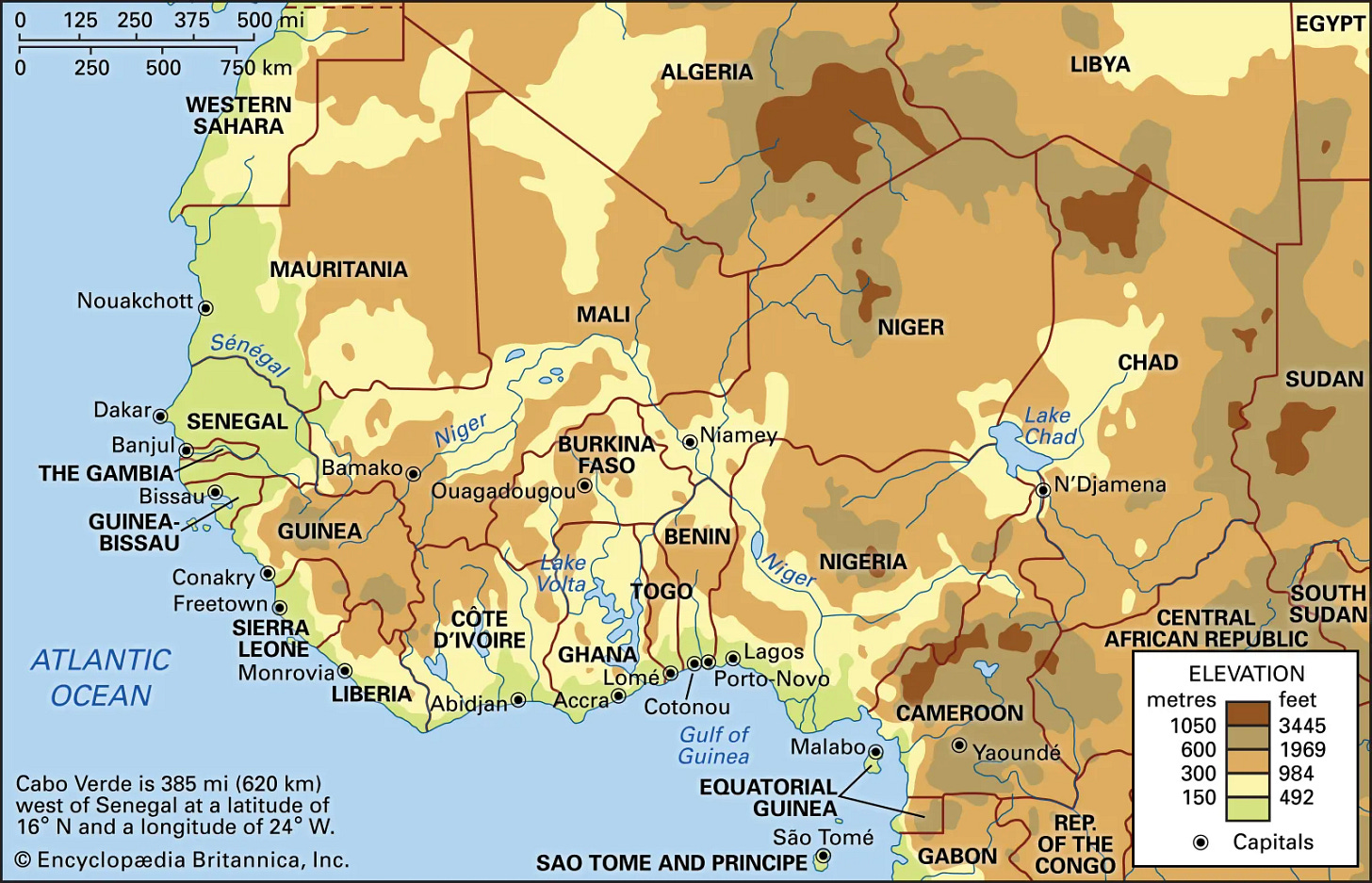
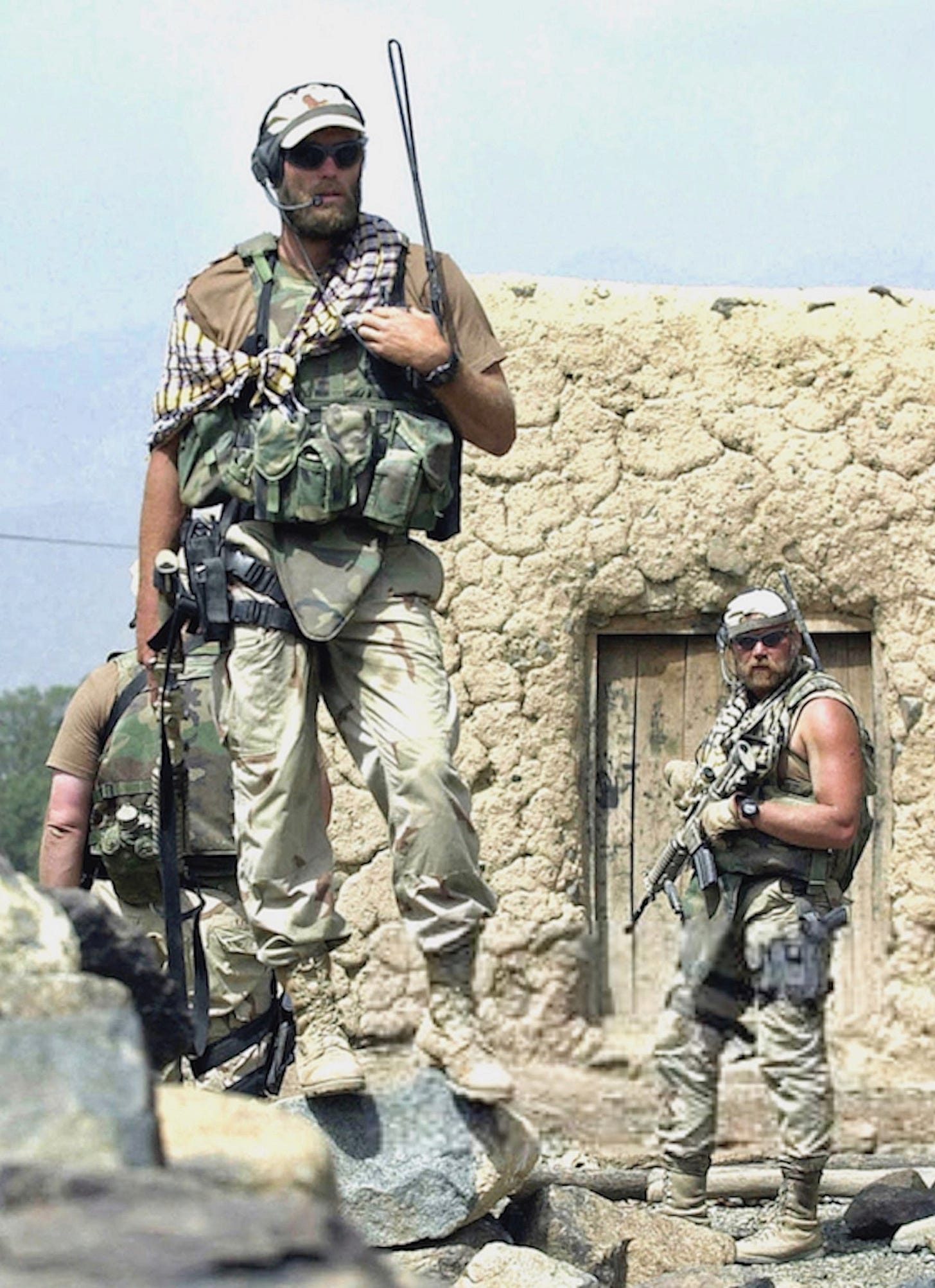
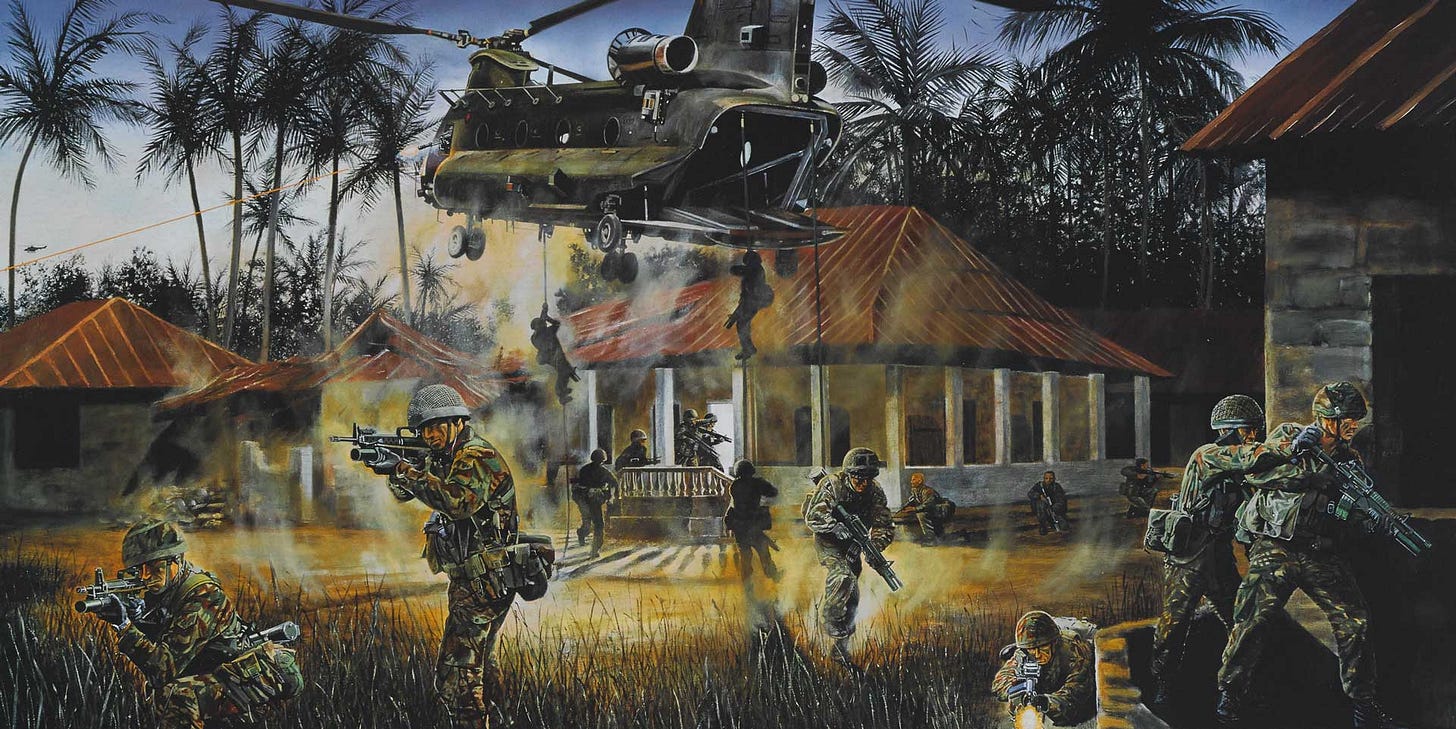
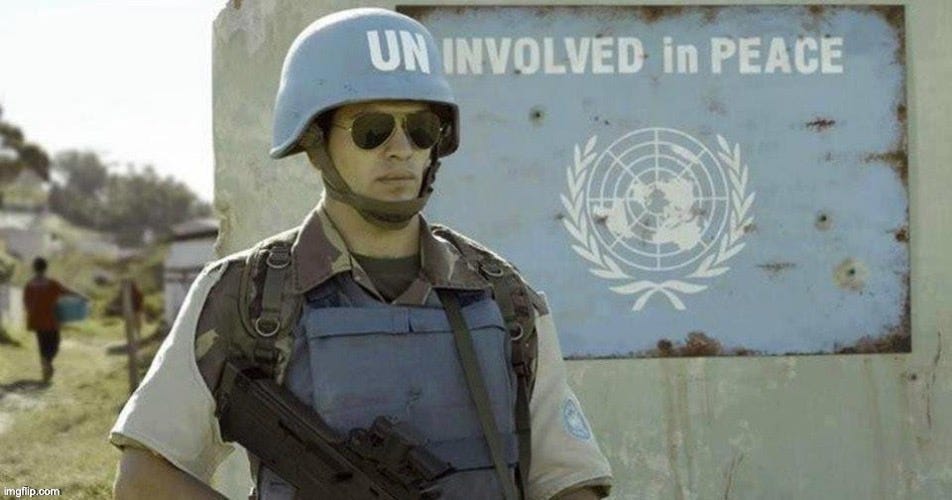
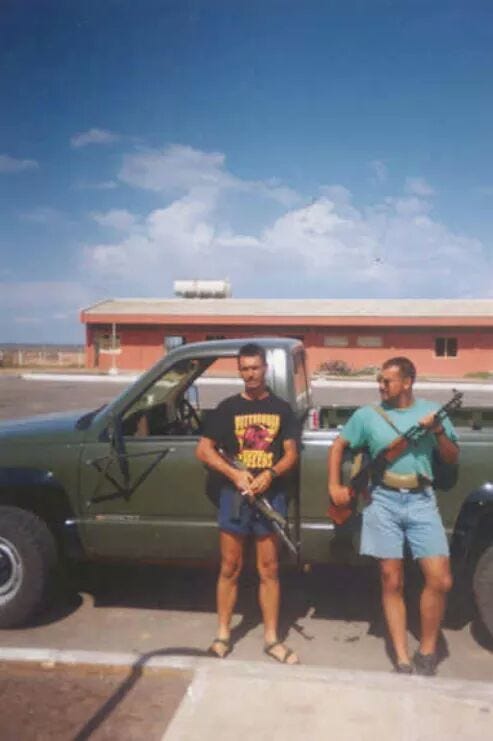
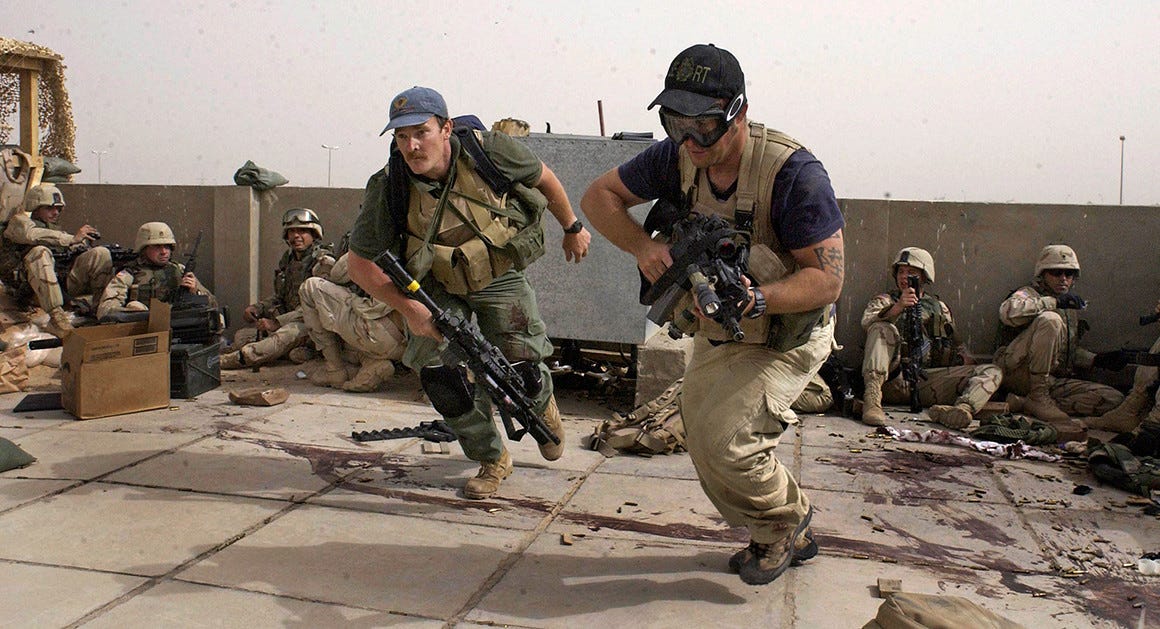
"This is an immensely powerful redpill. I have no idea why it is still on the internet"
It isn't.